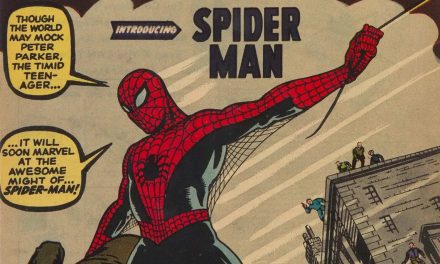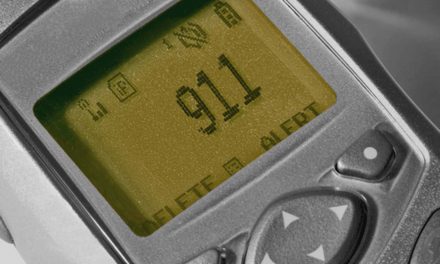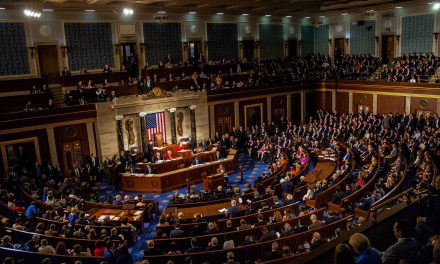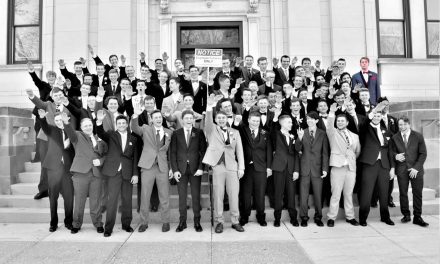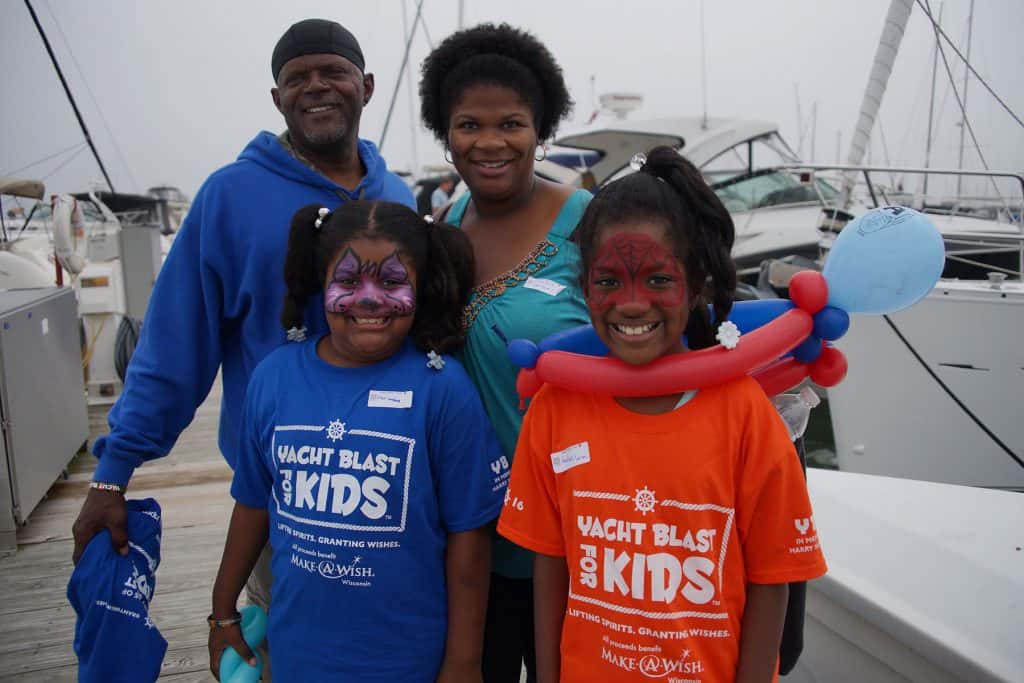
In the last year America has had an awakening about the extent of racism in this country’s past and present. Dozens of books, podcasts and articles have been written about being an ally in the fight against racism. They tell you how to be a good ally but they miss out by not telling you things that are counterproductive.
There are things I’ve seen that are well meaning acts by racial justice advocates that seem well meaning but are a real turnoff and leads to frustration and burnout from those of us who are victimized by American racism. The old saying “you don’t know what you don’t know” applies here.
I have had a lot of conversations with people around the state and even around the country about this type of work. People often ask for advice from me. I don’t have a magic pill for fixing racism. I wish I did.
What I want potential allies to understand is that there is not a recipe for fixing this problem. We are not trying to bake cookies like grandma. We are trying to dismantle a system that was designed to provide advantages for White people, mostly males, and at the same time build disadvantages for people America does not consider to be White.
It’s one thing to fight a battle against a static enemy, but this enemy is like a caged tiger, ready to defend itself. Pushback from those who love the advantages they have are the most difficult things for allies to understand. They ask me, Reggie how can I work towards a fair society when I have so many friends, family members, co-workers, neighbors etc. who don’t see a problem?
This paradox is what is hiding in plain sight. If you had paid attention you would have noticed that before George Floyd was murdered. The way America was designed, is that we spend so much time and energy thinking about ourselves that other people’s problems seem to be out of sight and out of mind. We don’t normally take the time to see the world around us from anyone else’s perspective.
I get that. Life can be hard. We are all very busy, living and don’t have the bandwidth to absorb all that life pushes into our face. We rarely take time to sit, relax and take a close look at the nation we call home.
We don’t notice the poverty unless it impacts us directly. We don’t see the police brutality if we are not the victims of it. People don’t have time to notice the advantages given to White people over the centuries because they have been told that they have what they have because they have supposedly worked harder and done more of the right things in their lives. People don’t see the crumbling schools in the communities they don’t live in because their schools are doing so well.
As a community that represents 60 percent of the nation, White people are the most isolated Americans in the country. They live in towns, cities, villages and a multitude of hamlets that tend to be exceptionally White for the most part. Within their bubbles there is little room for other people. If the average White person has 100 friends, 91 of them are White. There is only room for one Black friend, one Latino friend, one Asian friend, one mixed race friend, one other race friend as well as three friends of an unknown race. The average White person’s friend network is one percent Black but the average Black person’s friend network is eight percent White.
“All my black friends have a bunch of white friends. And all my white friends have one black friend.” – Comedian Chris Rock
Why does this matter? In 2009 Public Religion Research Institute did a poll to find out what our friend networks look like. They discovered the things quoted above. They also found out that 75 percent of whites have “entirely white social networks without any minority presence.” For Blacks that number sits at around 65 percent.
I often have White people in small communities around the state say that they wish they had a Black friend to discuss these issues with. I joke that there are not enough Black people to go around for every White person to have a Black friend.
I recently did a program on the history of the devaluation of Blacks in American history that I call, Do Black Lives Matter: The History of the Devaluation of Black Lives in America. While conducting anonymous polling during one session, I asked people to tell me how many Black people live in America. The answers ranged from a high of 140 million to a low of 30 million. Some guessed the percentage of Blacks was anywhere from 9 percent of the country to 60 percent of the country. People simply don’t know. A hand full of people new that the true number is near 40 million non-Hispanic Blacks.
According to Census bureau 2019 estimate there are 40,596,040 Black people in the U.S. We account for just 12.4 percent of the nation’s population. On the other hand there are 196,789,401 non-Hispanic Whites (60%), 60,481,746 Hispanic/Latino people (18.4%), 18,427,914 Asians (5.6%), 8,303,331 people of two or more races (2.5%), 2,236,348 American Indian and Alaska Natives (0.7%), 565,473 Native Hawaiian and Pacific Islanders (0.2%) along with 839,270 people of some other race (0.3%).
Why do you think the number is such a hidden figure for so many Americans? Why do you think so many people, particularly Whites, overestimate the number of Black people in the country? I think there are many reasons but it’s mainly because you see us all over television and in movies. You can’t watch the most popular sports on television without seeing a lot of Black people playing basketball and football on the professional and collegiate level. Popular music is full of Black faces. We are on the news all the time, mostly in a negative representation. We are in commercials way more that we once were. At the same time, Latinos and Asians are highly underrepresented and Native Americans are almost completely absent from these platforms.
So our perception is that there are way more Black people than there really are. The same holds true for Wisconsin. Of the 5,822,434 Wisconsinites, just 366,735 are non-Hispanic Blacks (6.3%).
One other thing. Hispanics are not considered to be a racial group. They are instead an ethnicity. You can be Hispanic/Latino and be of an of the aforementioned racial groups. It’s quite confusing because people generally don’t know that this is how our government divides us into little boxes.
So last year brought a racial reckoning, unseen since the height of the Civil Rights Movement in the 1950s and 1960s. This time around the viral video of George Floyd being killed by a White police officer sparked a response in the White community like we’ve never seen before. The protests spread around the world in fact. More White people joined the woke club than at any time in U.S. history.
Along the way these newly woke White folk have attempted to navigate this new space. They have purchased Black Lives Matter bumper stickers, hats , t-shirts, yard signs etc. That is wonderful but it’s not enough.
Buying the latest anti-racism book or webinar is a good start. Eventually you will find yourself in the battleground spaces where the rubber hits the road.
These are things you should not do:
- Think that you are not going to make mistakes and say or do the wrong thing and embarrass yourself.
- Assume you get it just because you’ve read Ibrahim X Kendi or watched a video by Ta Nehisi Coates.
- Tell people of color that you too have been treated badly by the police just because they pulled you over when you were a teenager.
- Talk more than you listen in spaces where people of color are sharing their lived experiences with you.
- Tell people of color that if they just did X,Y, and Z that the police will not pull them over anymore.
- Assume that one person of color can speak for the entire group.
- Assume that all Black people live in the “hood,” all Latinos live in the “barrio,” all Asians live in Chinatown and all Native Americans live on the “Rez.”
- Think that 401 years of racism can be overturned overnight.
- Believe that coming together and finding unity is enough. We don’t care to find unity with White racists. White anti-racist yes, but not White racists.
- Try to appropriate our cultural norms such as clothing, hairstyle, musical taste and slang is cool. One more thing about this. White people please stay up to date on current slang. You tend to be years behind.
- Assume you will be in mortal danger if you go to the “wrong” side of town. People may stare at you, but they are not likely to rob you, stab, you, carjack you, and cause massive bodily harm just because you are White. People who do those things usually do them to people who look like themselves.
- Call the police when a Black person seems to be in need without asking them first. It does not always end well for us.
- Assume that if someone has an accent that they are not smart.
- Assume that if someone is speaking their native language (Spanish, Hmong, Chinese, Arabic, etc.) that they are somehow plotting your demise. You should instead admire the fact that they speak more languages than you do.
- Make a joke that you think people of color will find funny without thinking about it first. This oftentimes goes off the rails.
- Apologize without really apologizing. (I apologize if anyone was offended). That is a fake apology because you know exactly who you offended. Apologize to them directly.
- Whitesplain (made up term, similar to mansplaining) because you assume you have the answer and that people of color can’t think for themselves.
- Tell people of color that it’s not always about race (it could be class etc.) You don’t get to make that judgement, the person victimized does.
- Try to say white supremacy, or white privilege as if you coined the terms yourself.
- Pat yourself on the back because you are now “woke.” Being woke is great but you need to get out of the bed and do something.
- Don’t ask people of color for all of the answers. Do some research and critical thinking yourself. If we knew how to fix racism we would have done so a really long time ago.
- Tell a Black person that your family did not own any slaves. First of all we don’t care. Secondly, you are still a person who belongs to the group that did own Black people.
- Apologize for every White person in the world. It’s not your place to apologize for anyone else’s behavior.
- Assume you can touch a Black person’s (especially Black women’s) hair. You can’t and should not even contemplate it.
- Say the N-word because Black people say it. This may lead to a very awkward situation.
I could go on but this is a good foundational set of rules for anti-racist allies, especially White people.

